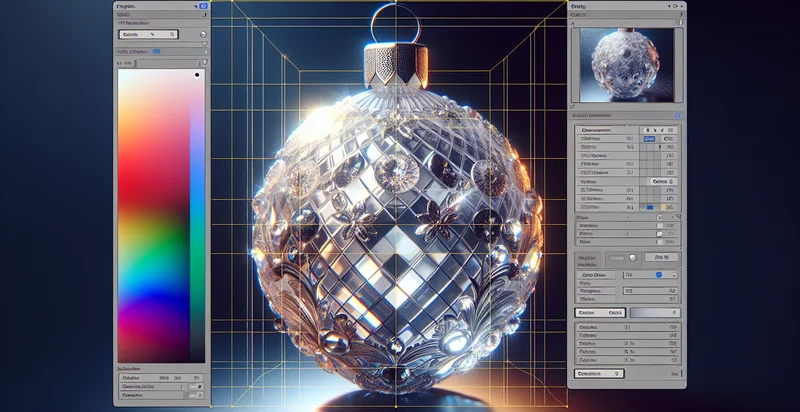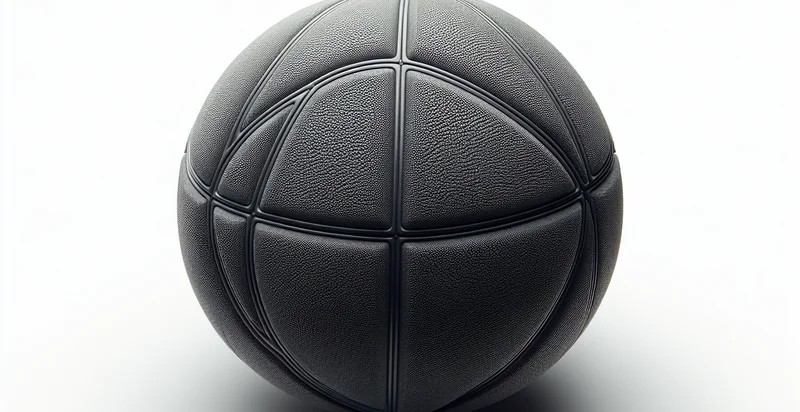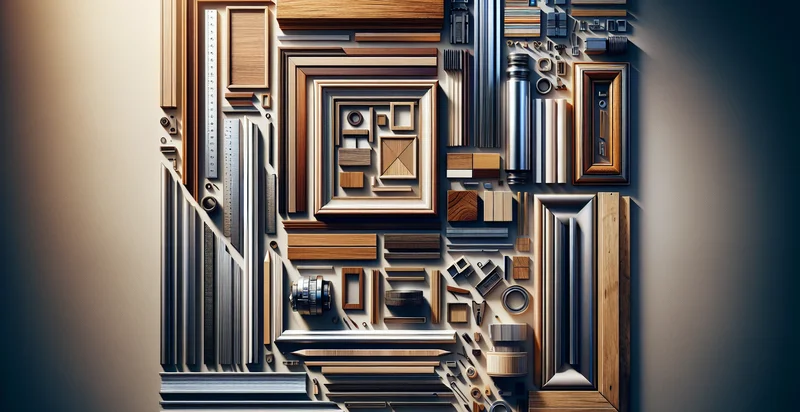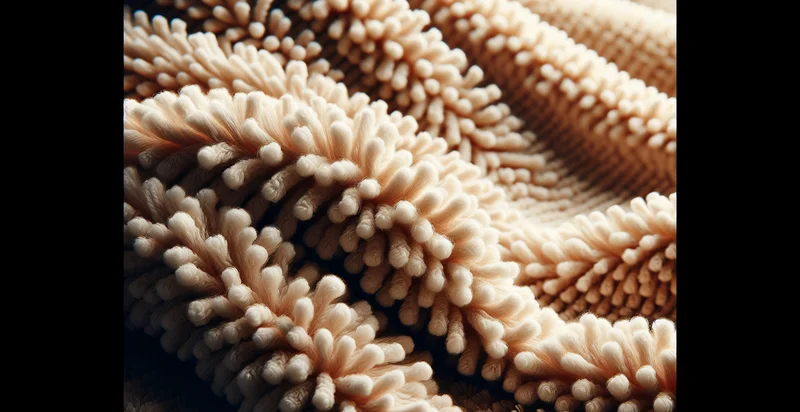Identify what material an ornament is made from
using AI
Below is a free classifier to identify what material an ornament is made from. Just upload your image, and our AI will predict what material an ornament is made from - in just seconds.


Contact us for API access
Or, use Nyckel to build highly-accurate custom classifiers in just minutes. No PhD required.
Get started
import nyckel
credentials = nyckel.Credentials("YOUR_CLIENT_ID", "YOUR_CLIENT_SECRET")
nyckel.invoke("what-material-an-ornament-is-made-from", "your_image_url", credentials)
fetch('https://www.nyckel.com/v1/functions/what-material-an-ornament-is-made-from/invoke', {
method: 'POST',
headers: {
'Authorization': 'Bearer ' + 'YOUR_BEARER_TOKEN',
'Content-Type': 'application/json',
},
body: JSON.stringify(
{"data": "your_image_url"}
)
})
.then(response => response.json())
.then(data => console.log(data));
curl -X POST \
-H "Content-Type: application/json" \
-H "Authorization: Bearer YOUR_BEARER_TOKEN" \
-d '{"data": "your_image_url"}' \
https://www.nyckel.com/v1/functions/what-material-an-ornament-is-made-from/invoke
How this classifier works
To start, upload your image. Our AI tool will then predict what material an ornament is made from.
This pretrained image model uses a Nyckel-created dataset and has 21 labels, including Bead, Bone, Ceramic, Clay, Concrete, Crystal, Fabric, Fiberglass, Foam and Foil.
We'll also show a confidence score (the higher the number, the more confident the AI model is around what material an ornament is made from).
Whether you're just curious or building what material an ornament is made from detection into your application, we hope our classifier proves helpful.
Related Classifiers
Need to identify what material an ornament is made from at scale?
Get API or Zapier access to this classifier for free. It's perfect for:
- Retail Inventory Management: Retailers can utilize the false image classification function to quickly identify and categorize ornaments by material type. This allows for efficient stock management and helps in displaying items in the appropriate sections for customers, enhancing the shopping experience.
- E-Commerce Quality Control: E-commerce platforms can implement this function to automatically assess and verify the materials of ornaments listed by sellers. This ensures that product descriptions are accurate, reducing returns and increasing customer trust in the platform.
- Custom Ornament Design: Designers can use the material identification feature to explore potential materials for custom ornaments. By understanding the properties and characteristics of various materials, creators can innovate and produce more appealing and diverse ornament designs.
- Sustainable Material Sourcing: Companies focused on sustainability can leverage this function to identify eco-friendly materials used in ornaments. This enables businesses to promote sustainable products and helps consumers make informed purchasing decisions regarding their environmental impact.
- Antique Appraisal: Appraisers can use the material classification tool to aid in evaluating the authenticity and value of antique ornaments. By accurately identifying materials, they can provide precise assessments that contribute to the historical significance and market value of the items.
- Art Restoration: Restoration experts can utilize this function to determine the materials used in damaged ornaments. This information is crucial for selecting appropriate restoration techniques and ensuring that the final work maintains the integrity of the original piece.
- Educational Purposes: Institutions can adopt this technology in art and design education to teach students about various ornament materials. By analyzing real-world examples, students gain practical knowledge and a deeper understanding of how material choices impact the aesthetics and functionality of design objects.


